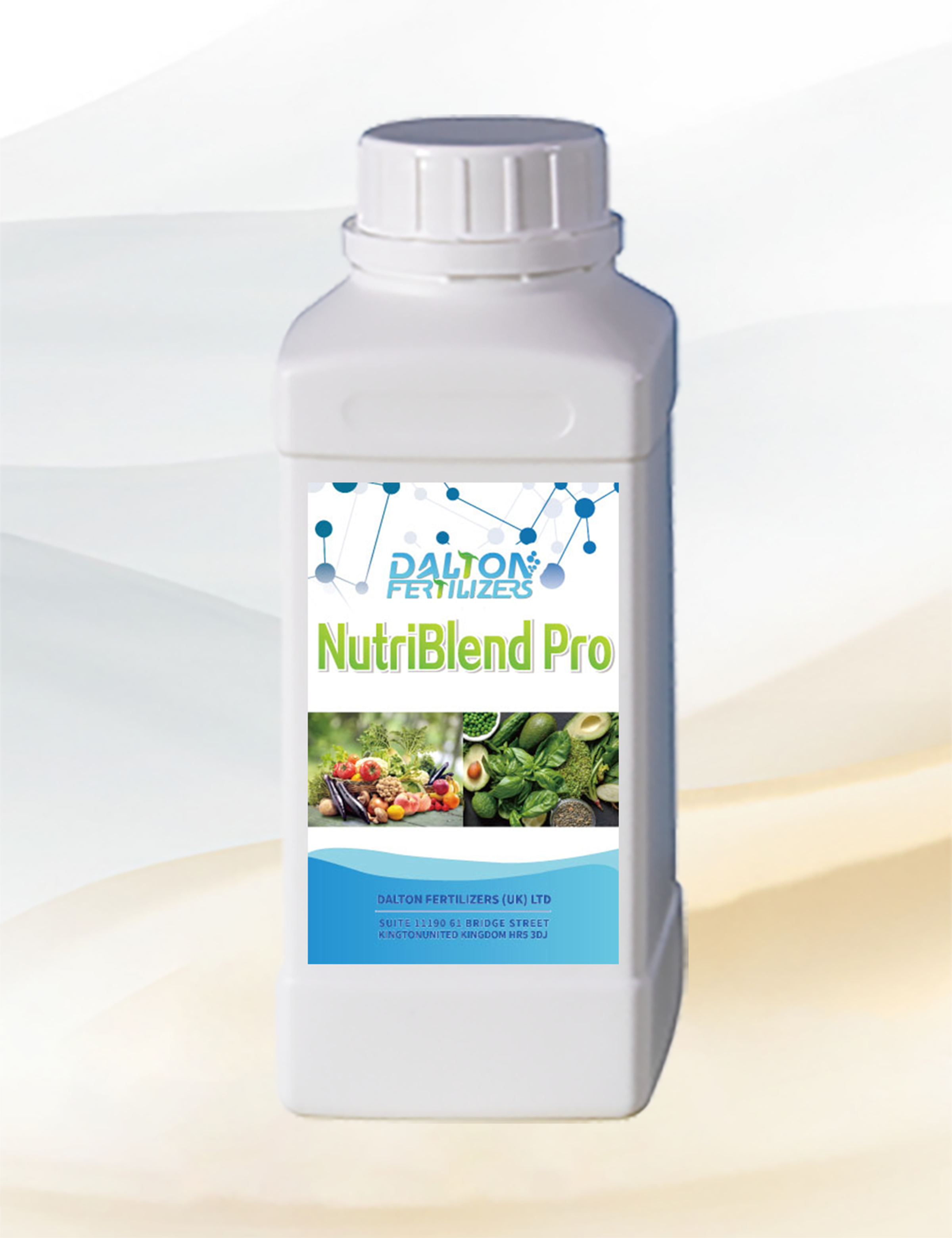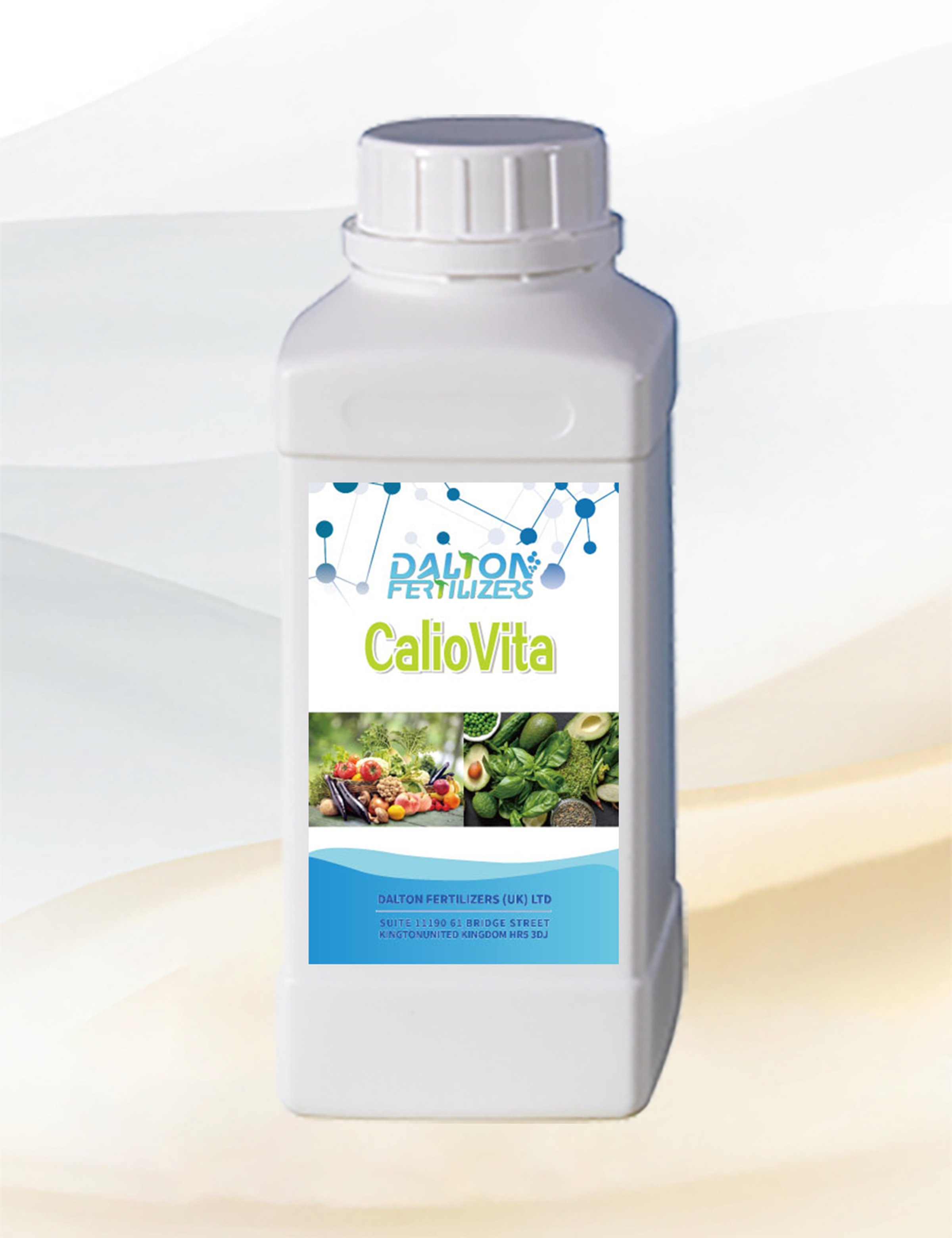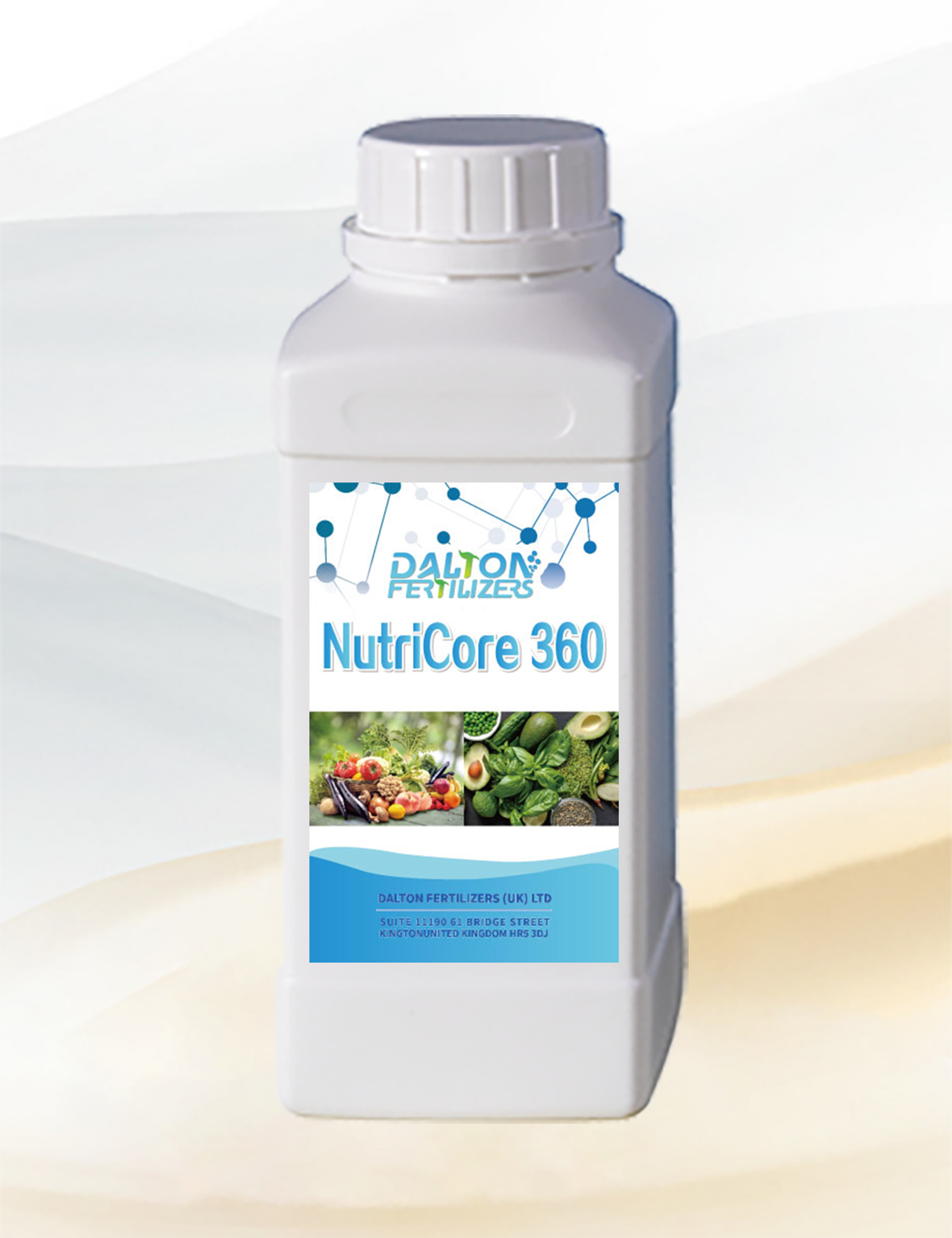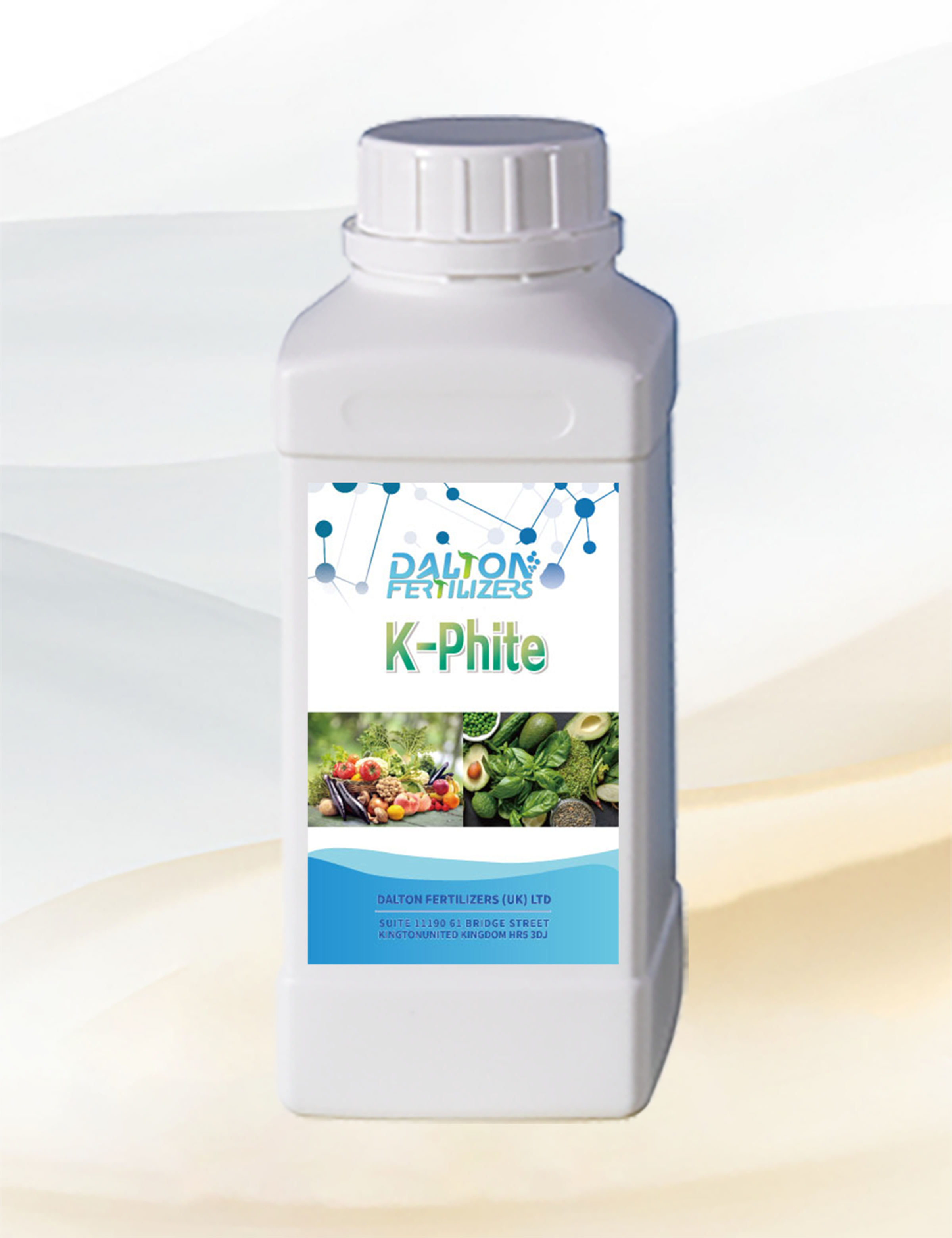
What is the Difference Between Biostimulants and Fertilizers?
Introduction
- Introduce the growing interest in sustainable agriculture and plant health.
- Pose the question: “Are biostimulants and fertilizers the same?” Clarify that while both enhance crop performance, they serve distinct roles.
Keywords: biostimulants, fertilizers, seaweed extracts, amino acids, humic acid, fulvic acid, chitin.
1. What Are Fertilizers?
- Define fertilizers as nutrient providers (NPK: nitrogen, phosphorus, potassium).
- Discuss types: synthetic vs. organic, their direct role in plant growth.
Keywords: fertilizers, plant nutrients, NPK.
2. What Are Biostimulants?
- Explain biostimulants as enhancers of plant processes (nutrient uptake, stress resilience).
- Highlight common biostimulants:
- Seaweed extracts: Rich in micronutrients and hormones.
- Amino acids: Boost photosynthesis and stress recovery.
- Humic acid and fulvic acid: Improve soil structure and nutrient solubility.
- Chitin: Strengthens plant defenses.
Keywords: biostimulants, seaweed extracts, amino acids, humic acid, fulvic acid, chitin.
3. Key Differences
- Function: Fertilizers feed plants; biostimulants enhance efficiency and resilience.
- Composition: Fertilizers = macro/micronutrients; biostimulants = organic compounds (e.g., humic acid, chitin).
- Mode of Action: Direct vs. indirect (soil health, root growth).
- Application Timing: Fertilizers for growth stages; biostimulants for stress periods.
Keywords: difference between biostimulants and fertilizers, nutrient uptake, soil health.
4. Synergistic Benefits
Emphasize combining both for optimal results (e.g., fertilizers provide nutrients, biostimulants like fulvic acid improve absorption).
Keywords:synergistic fertilizers, humic acid, fulvic acid, sustainable agriculture.




